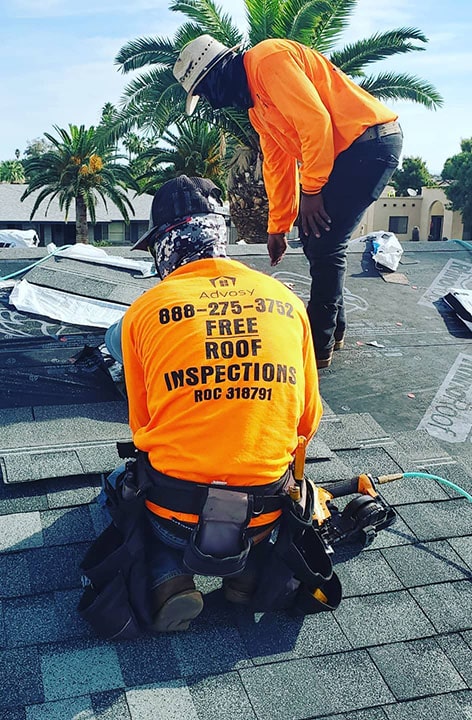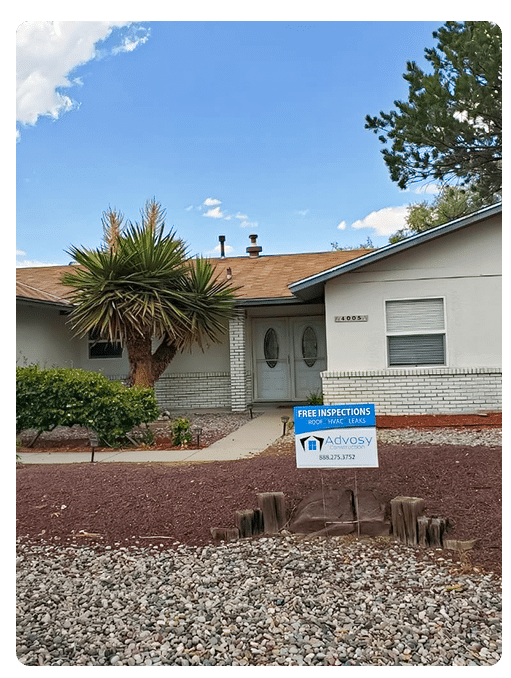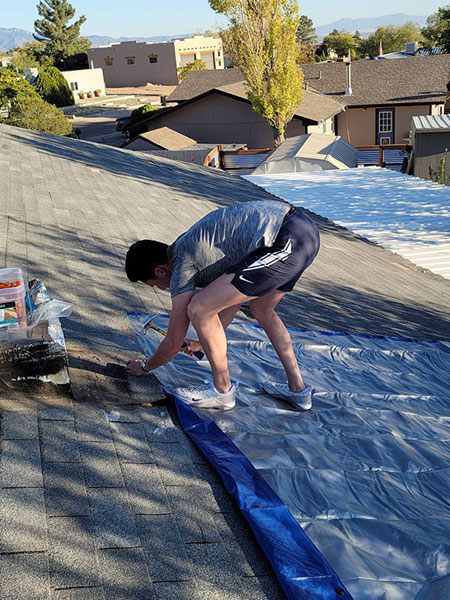For many homeowners, the question of whether to repair or replace an ailing roof can be a difficult one. With both options having their own distinct advantages and disadvantages, it is important to understand the pros and cons in order to make an informed decision.
This article will provide readers with insight into repairing vs. replacing their roofs, taking into account factors such as cost, longevity, energy efficiency, and environmental impact. Readers who are considering either option for their homes will find this information valuable when making decisions about how best to proceed.
By outlining the various aspects associated with each choice, this article aims to help readers gain clarity on what solution may work best for them and their home’s individual needs. Making the right decision now could ultimately save time, money, and effort over the long term – so understanding which approach is more suitable should not be taken lightly.
Cost Comparison
The cost to repair a roof is typically much lower than the cost of replacing it. For example, fixing leaks and other smaller roof repairs can be done for just a few hundred dollars or less in some cases.
On the other hand, replacing an entire roof can easily cost several thousand dollars depending on the materials used and the size of the roof. Therefore, if there are only minor issues with the current roof that require basic patching up then repairing it may be more cost-effective than completely replacing it.
However, when considering whether to repair or replace a roof, homeowners must also take into account how long they plan to stay in their home and what type of climate they live in since these factors impact both options.

Environmental Impact
When considering the environmental impact of roof repairs versus replacements, it is important to look at both sides.
On one hand, replacing a roof may seem like an environmentally friendly option due to its ability to reduce energy costs and preserve resources. However, repairing a roof can also have positive environmental benefits if done responsibly. This includes using sustainable materials that are sourced from renewable sources or recyclable products. Additionally, any waste generated during the repair process can be disposed of in ways that minimize harm to the environment.
On the other hand, there are some drawbacks associated with replacing roofs that should not be ignored. For example, many roofing materials contain hazardous chemicals which can leach into groundwater when disposed of improperly. Furthermore, roofs often require large amounts of labor and resources for installation, leading to increased emissions from vehicles and machinery used throughout the process.
In light of this information, homeowners must carefully consider how their actions will affect the environment before deciding whether to repair or replace their roofs.
Longevity
The longevity of a roof is an important factor to consider when deciding between repairing and replacing the roof.
While repairs can extend the lifespan of a roof, the replacement will ultimately be necessary if it has deteriorated beyond repair.
A repaired roof can last up to 20 years but may require more frequent maintenance, while a new roof should last at least 25 years with minimal upkeep.
Replacing your entire roof can feel like an overwhelming expense, particularly since current homeowners are often unaware that their roofs need to be replaced until they experience leaks or other damage.
On the other hand, investing in a full replacement now could save money over time due to reduced maintenance costs and energy savings from increased insulation levels.
Ultimately, this decision requires careful consideration of both short-term financial impact as well as long-term benefits such as improved safety and comfort for your home.
Energy Efficiency
Replacing a roof can be an expensive decision. It is necessary to consider the cost of replacement versus repair, as well as the energy efficiency of each option.
Replacing a roof provides many advantages in terms of energy efficiency that repairs cannot offer. By installing new insulation and ventilation, heat loss from the house will decrease drastically and result in lower utility bills. On top of this, replacing the old material with new materials such as metal or slate may allow for better protection against harsh weather conditions like heavy winds, rain, or snow.
On the other hand, repairing your existing roof can also provide some level of energy savings without having to fully replace it. Certain types of insulation and ventilation systems can be added during repair work which could improve performance significantly while still not costing as much compared to full-on replacement. In addition, there are more affordable options available when it comes to repairing roofs such as sealants or shingles that can help protect against future damage caused by extreme weather elements.
In summary, deciding whether to replace or repair a roof depends on several factors including budget constraints, time frame, and most importantly the desired level of energy efficiency one wants to achieve in their home environment. A careful evaluation should be made based on all these considerations before making any decisions regarding either option.
Roof Condition And Age
When considering the repair or replacement of a roof, one important factor to consider is its condition and age.
The age of the roof can affect both how much it costs to repair and whether repairs are even feasible. If a roof is more than 15 years old, for example, any necessary repairs may be too costly when taking into account the value of the home. Additionally, some types of roofs have an average lifespan that should also be considered; metal roofs generally last between 40-70 years while asphalt shingle roofs typically need to be replaced after 20-25 years.
The condition of the roof must also be taken into consideration when making this decision. If there are only isolated areas of damage present on a relatively new roof, then repairing these sections will likely be a cost-effective option in many cases.
However, if the entire surface area has visible signs of wear and tear or if certain components such as flashing around chimneys and vents are deteriorating quickly due to weathering, then replacing the entire system may make more sense from both a financial and structural standpoint.
Repairing Vs. Replacing: Which Is Right For Your Home?
The decision to repair or replace your roof is an important one. It can be a costly investment and its impact on the look, feel, and value of your home should not be taken lightly.
Considering all factors involved in this choice – such as cost, longevity, material quality, insulation benefits, style preferences, and more – will help you determine which option is best for you. Making these decisions with the utmost care will ensure that the results are satisfactory now and well into the future.
Moreover, working with a trusted professional who can provide valuable insight into each option is highly recommended. They can guide you through the process while helping you make sound financial investments that benefit both your wallet and your property’s overall aesthetic appeal.

Assessing The Pros And Cons Of Repairing And Replacing Your Roof
When the time comes to decide whether to repair or replace your roof, it is a difficult decision. Assessing the pros and cons of both can help make this decision easier.
Repairing a roof offers homeowners an attractive option because it is typically less expensive than replacing it. This can be a great option for roofs that have only minor damage from hail or windstorms. In addition, repairs are usually completed in much shorter time frames since they require fewer materials.
However, repairing an old roof may not provide as much protection against future weather events as replacing it would. When deciding between the two, you should consider how long you plan on staying in your home and whether additional expenses will be incurred if more severe weather hits before the roof needs to be replaced later down the road.
Replacing a roof generally provides greater peace of mind when it comes to protecting your home against future weather events such as snow storms or heavy rains. Since new roofs come with warranties, any damages caused by hailstorms and other natural disasters will be covered under them. Additionally, since newer roofs often include energy-efficient features like reflective shingles and insulation barriers, they can also lower monthly utility bills over time compared to older roofs that lack these modern upgrades.
Although replacing a roof has its benefits, this route is considerably more expensive than just making simple repairs so homeowners need to weigh their options carefully when deciding which path is right for their home.
Conclusion
In conclusion, repairing and replacing a roof can be a difficult decision.
The cost comparison is an important factor to consider when deciding between the two options; however, energy efficiency, environmental impact, and longevity should also be taken into account.
Additionally, assessing the condition of the existing roof and its age are important considerations for making this choice.
With careful consideration of all factors involved in both repair and replacement, it is possible to make an informed decision about which option is best for one’s home.


